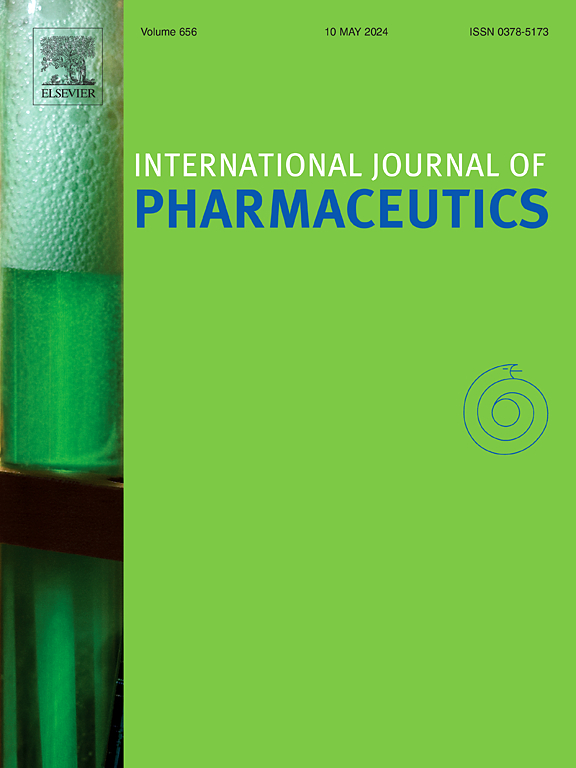Current landscape of metal–organic framework-mediated nucleic acid delivery and therapeutics
IF 5.3
2区 医学
Q1 PHARMACOLOGY & PHARMACY
引用次数: 0
Abstract
Nucleic acid drugs utilize DNA or RNA molecules to modulate abnormal gene expression or protein translation in cells, enabling precise treatment for specific conditions. In recent years, nucleic acid drugs have demonstrated tremendous potential in vaccine development and treating genetic disorders. Currently, the primary carriers for clinically approved nucleic acid therapies include lipid nanoparticles and viral vectors. Beyond that, metal–organic frameworks (MOFs) are highly ordered, porous nanomaterials formed through the self-assembly of metal ions and organic ligands via coordination bonds. Their porosity structure offers great loading efficiency, stability, tunability, and biocompatibility, making them an attractive option for nucleic acid delivery. Given the research on MOFs as nucleic acid carriers has garnered significant attention in recent years, this review provides an overview of the therapeutic strategies and advancements in MOF-mediated nucleic acid delivery. The unique properties of various MOF carriers are introduced, and different approaches for nucleic acid loading are parallelly compared. Moreover, a systematic classification based on the type of nucleic acid cargo loaded in MOFs and corresponding applications is thoroughly described. This summary outlines the unique mechanisms through MOFs enhance nucleic acid delivery and emphasizes their substantial impact on therapeutic efficacy. In addition, the utilization of MOF-mediated nucleic acid treatment in combination with other therapies against malignant tumors is discussed in particular. Finally, an outlook on the challenges and potential opportunities of this technology in future translational production and clinical implementation is presented and explored.

求助全文
约1分钟内获得全文
求助全文
来源期刊
CiteScore
10.70
自引率
8.60%
发文量
951
审稿时长
72 days
期刊介绍:
The International Journal of Pharmaceutics is the third most cited journal in the "Pharmacy & Pharmacology" category out of 366 journals, being the true home for pharmaceutical scientists concerned with the physical, chemical and biological properties of devices and delivery systems for drugs, vaccines and biologicals, including their design, manufacture and evaluation. This includes evaluation of the properties of drugs, excipients such as surfactants and polymers and novel materials. The journal has special sections on pharmaceutical nanotechnology and personalized medicines, and publishes research papers, reviews, commentaries and letters to the editor as well as special issues.

 求助内容:
求助内容: 应助结果提醒方式:
应助结果提醒方式:


